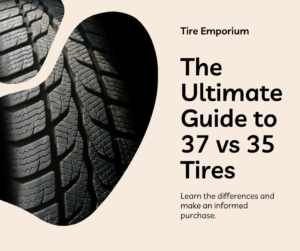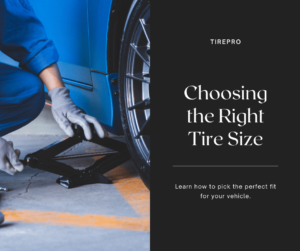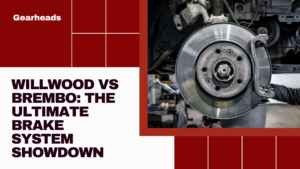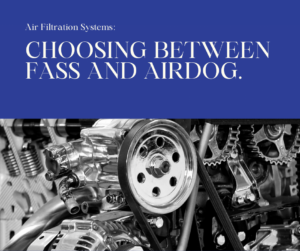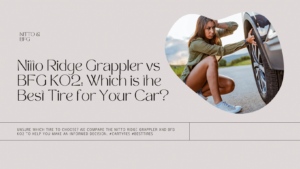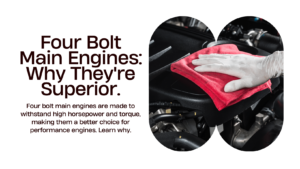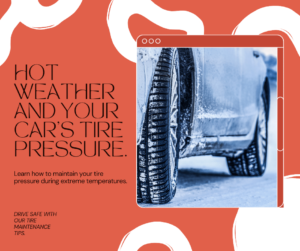Contents
- Introduction
- Hot and Cold Temperatures: The Chameleon of Tire Pressure
- The Science Behind Tire Pressure
- Effects of Hot Temperatures on Tire Pressure
- Effects of Cold Temperatures on Tire Pressure
- Can Extreme Temperatures Affect the Calibration of Lane Departure Systems in Cars?
- Tips for Maintaining Proper Tire Pressure
- FAQs
- Conclusion
Introduction
Tire pressure plays a crucial role in vehicle safety and performance. Understanding how hot and cold temperatures can impact tire pressure is essential for every driver. In this comprehensive article, we will delve into the details of this topic, providing you with valuable insights and practical advice to ensure your tires are in optimal condition regardless of the weather. Let’s explore the impact of hot and cold temperatures on tire pressure and how to address it.
Hot and Cold Temperatures: The Chameleon of Tire Pressure
Tire pressure isn’t static; it dances with the temperature, impacting your driving experience and safety. Here’s a table to understand the impact:
| Feature | Hot Weather | Cold Weather |
|---|---|---|
| Air Molecule Behavior: | Expand, taking up more space | Contract, taking up less space |
| Tire Pressure: | Increases (can rise by 1-2 psi for every 10°F rise) | Decreases (can drop by 1-2 psi for every 10°F drop) |
| Handling: | Can decrease due to overinflation, leading to reduced grip and uneven wear | Can decrease due to underinflation, causing sluggish handling and increased rolling resistance |
| Fuel Efficiency: | Can improve due to proper inflation | Can decrease due to underinflation, increasing rolling resistance |
| Treadwear: | Overinflation results in faster center wear | Underinflation leads to faster shoulder and edge wear |
| Blowout Risk: | Increases with overinflation due to added stress on the tire sidewalls | Increases with underinflation due to higher heat generation and reduced load capacity |
| Recommendations: | Check and adjust tire pressure regularly, especially before long trips or significant temperature changes | Maintain your car’s recommended tire pressure, not the sidewall maximum |

Additional Considerations:
- Sunlight exposure can also temporarily increase tire pressure.
- Driving style and load can further impact tire pressure.
- A Tire Pressure Monitoring System (TPMS) can alert you to tire pressure changes.
Overall:
- Be mindful of temperature changes and their impact on tire pressure.
- Regularly check and adjust your tire pressure to ensure optimal performance and safety.
- Remember, proper inflation is key for good handling, fuel economy, and long tire life.
The Science Behind Tire Pressure
In this section, we’ll explore the scientific principles behind tire pressure and how temperature affects it.
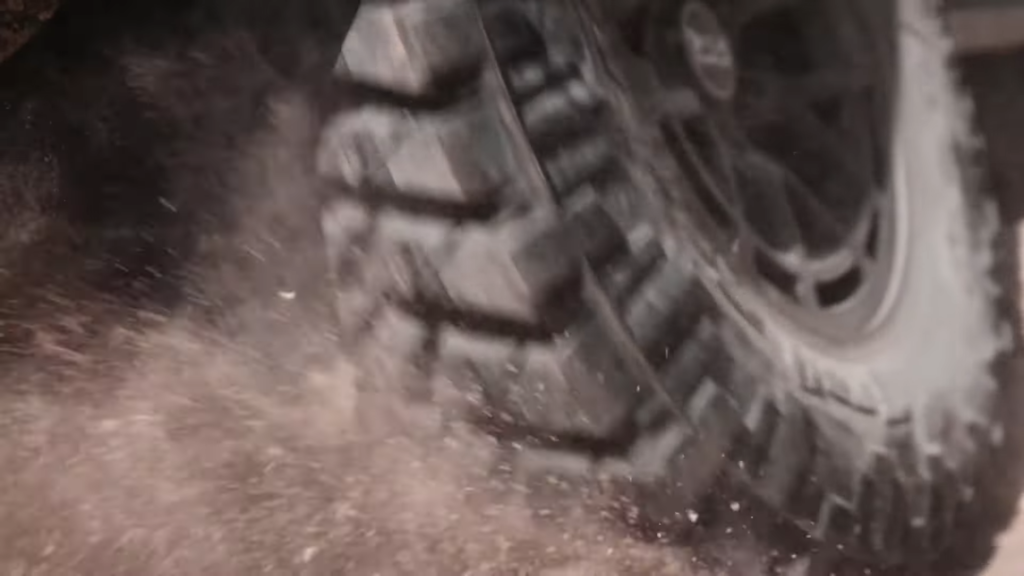
Pressure and Temperature Relationship
As we all know, gases expand when heated and contract when cooled. This principle applies to the air inside your tires as well. When the temperature rises, the air molecules inside the tire gain energy, causing them to move faster and spread out, resulting in an increase in tire pressure. Conversely, in colder temperatures, the air molecules lose energy, move slower, and contract, leading to a decrease in tire pressure.
Ideal Tire Pressure
To maintain optimal tire performance, it’s crucial to adhere to the recommended tire pressure specified by your vehicle manufacturer. This pressure is usually listed in the owner’s manual and can also be found on a sticker inside the driver’s side door jamb.

Effects of Hot Temperatures on Tire Pressure
High temperatures, especially during scorching summer months, can have several effects on your tire pressure.
Overinflation
In hot weather, your tire pressure may rise significantly, exceeding the recommended levels. Overinflated tires can lead to reduced traction, uneven tire wear, and an uncomfortable ride. It’s essential to check your tire pressure regularly during hot spells and release excess air if necessary.
Blowouts
Extremely hot temperatures can cause the air inside your tires to expand rapidly. If your tires are already overinflated or in poor condition, this can lead to a blowout—a dangerous and potentially life-threatening situation. Always ensure your tires are properly inflated and in good shape before embarking on long journeys during hot weather.
Effects of Cold Temperatures on Tire Pressure
Cold weather poses its own set of challenges for tire pressure.
Underinflation
In colder climates, tire pressure tends to drop, sometimes significantly below the recommended levels. Underinflated tires can reduce fuel efficiency, impair handling, and increase the risk of a blowout. Regularly check and adjust your tire pressure during the winter months to maintain safety and performance.
Decreased Traction
Cold temperatures can also make your tire rubber stiffer, resulting in decreased traction on icy or snowy roads. Ensuring your tires are properly inflated and considering winter tires can improve your vehicle’s grip in cold conditions.
Can Extreme Temperatures Affect the Calibration of Lane Departure Systems in Cars?
Extreme temperatures can indeed impact the ability to calibrate lane departure systems in Toyota cars. High heat or extreme cold can cause the system to malfunction, leading to inaccurate readings and potential safety issues. It’s important for drivers to be aware of how temperature fluctuations can affect their vehicle’s technology.
Tips for Maintaining Proper Tire Pressure
Now that we understand the impact of temperature on tire pressure, let’s explore some practical tips for maintaining the right pressure levels.
Regular Checkups
Make it a habit to check your tire pressure at least once a month and before long trips. Use a reliable tire pressure gauge to ensure accuracy.
Adjust for Temperature Changes
Be aware of temperature fluctuations and adjust your tire pressure accordingly. In hot weather, release excess air if needed, and add air during cold spells to reach the recommended pressure.
Invest in a Quality Tire Pressure Gauge
A high-quality tire pressure gauge is a valuable tool for every driver. It provides accurate readings and ensures you maintain the right tire pressure.
Consider Seasonal Tires
If you live in an area with extreme temperature variations, consider investing in seasonal tires. Winter tires are designed to perform better in cold conditions, while summer tires excel in hot weather.
FAQs
Q: Can I use the same tire pressure year-round?
A: While you can use the same tire pressure in moderate climates, it’s advisable to adjust it for extreme temperature changes.
Q: How do I know the recommended tire pressure for my vehicle?
A: Check your owner’s manual or the sticker inside the driver’s side door jamb for the recommended tire pressure.
Q: Is it necessary to check my spare tire’s pressure?
A: Yes, don’t forget to check your spare tire’s pressure periodically to ensure it’s ready for use in emergencies.
Q: Can I rely on the tire pressure monitoring system (TPMS) in my vehicle?
A: While TPMS is a helpful tool, it’s still essential to manually check your tire pressure regularly for added safety.
Q: Can low tire pressure affect my fuel efficiency?
A: Yes, underinflated tires can decrease fuel efficiency, costing you more money in the long run.
Q: When should I replace my tires?
A: Replace your tires when the tread depth reaches 2/32 of an inch or when they show signs of damage or wear.
Conclusion
Understanding the impact of hot and cold temperatures on tire pressure is essential for every driver. By following the tips and guidelines provided in this article, you can ensure your tires remain in optimal condition, enhancing safety, performance, and fuel efficiency. Don’t underestimate the importance of proper tire maintenance, especially in varying weather conditions. Stay safe on the road and enjoy a smoother driving experience by keeping your tires at the right pressure.
============================================
Affiliate Disclosure: As an Amazon Associate, I earn from qualifying purchases made through links on this site.


